Biological physics is one of the fastest growing areas in physics. The biological physics group at Johns Hopkins is a highly interactive and collaborative community, and connects closely to campus-wide biological and biomedical research activities.
The group applies approaches from physics to measure properties of molecules, cells, and organisms in order to identify key laws and general principles across diverse living systems, and to develop new theories and models inspired by the complex phenomena of life.
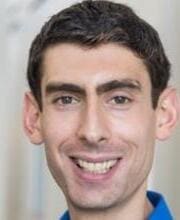
Daniel Beller
Daniel Beller uses theory and computation to study soft matter and biological physics. His group’s research focuses on spatial organization and its consequences in a variety of systems such as liquid crystals, colloidal crystals, cytoskeletal biofilament suspensions, and bacterial colonies.
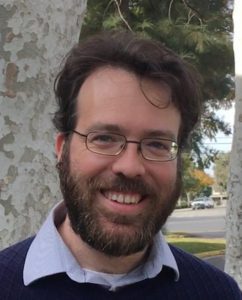
Brian Camley
Brian Camley uses theory and computation to study the physics of cell biology. This includes questions like “How do cells work together to find a signal?” or “How do proteins move in fluid membranes?”
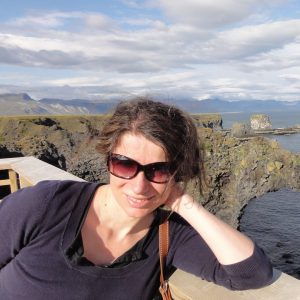
Ana Damjanovic
Ana Damjanovic has a joint appointment with the Biophysics department. She is working in the area of protein and membrane electrostatics as well as charge transfer in biology. She uses molecular dynamics simulations and machine learning.
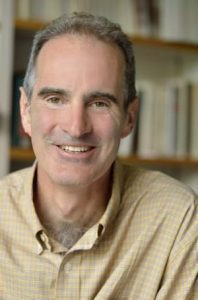
Robert Leheny
Robert Leheny is interested in experimental soft condensed matter physics with particular focus on disordered and out-of-equilibrium systems such as glass-forming liquids, liquid crystal-colloid composites, and gels.
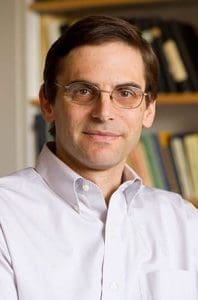
Daniel Reich
Daniel Reich conducts research in biological physics, where he applies magnetic nanoparticles and microfabricated systems to studies of cell mechanics and cellular mechanotransduction.

Yaojun Zhang
Yaojun Zhang has broad interests in biophysical modeling of living systems, with a current focus on biomolecular condensates and liquid-liquid phase separation — an emerging field at the interface between physics and biology.
